There is a load of information about Japanese cooking, cuisine, and etiquette out there, but it’s all over the place. We don’t want to spend hours with our eyes glued to the computer screen, clicking through website after website in a vain attempt to find what we’re looking for.
Author: nick
An Introduction To Miso
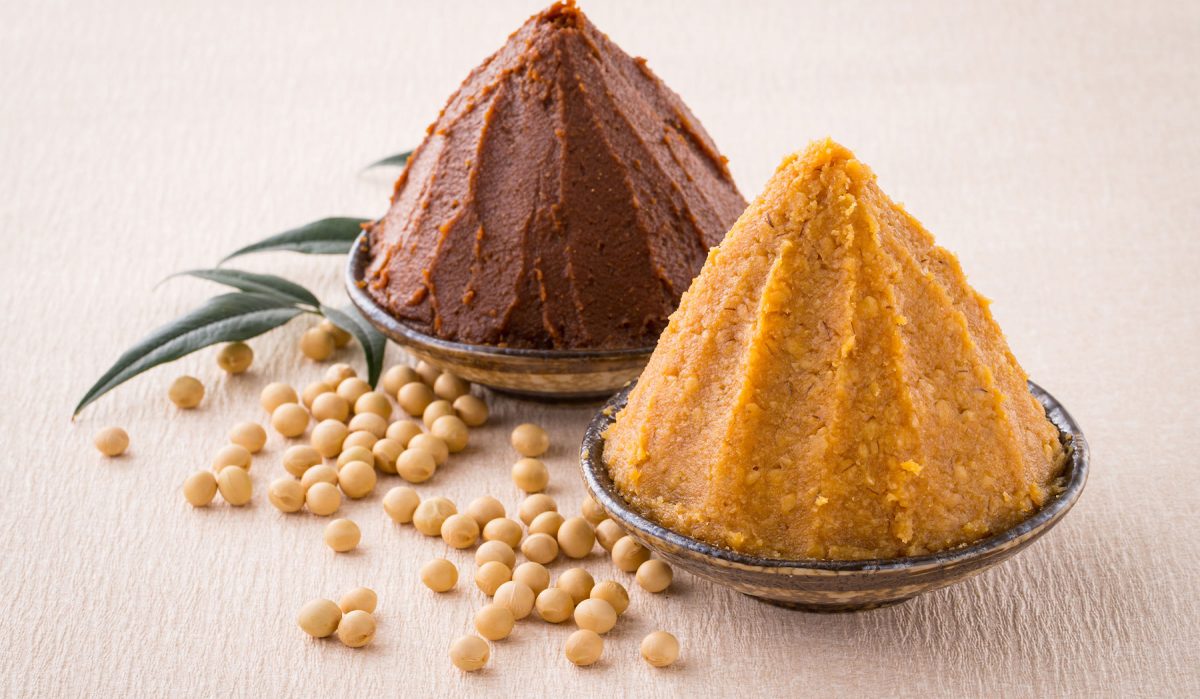
Miso is fermented soybean paste commonly used in Japanese cooking.
Mochi/Sticky Rice Cakes

Mochi cakes are a New Year’s treat representing longevity. But don’t worry about eating them only on New Year’s; eat them whenever you like. We’ve provided some ways to eat them following the recipe.
Rice

Rice is the main staple for the Japanese. It accompanies just about every meal, whether it be served plain in a bowl, flavoured and fried, steamed with assorted ingredients, or vinegared and molded for sushi.
Nikujaga/Beef and Potato Stew
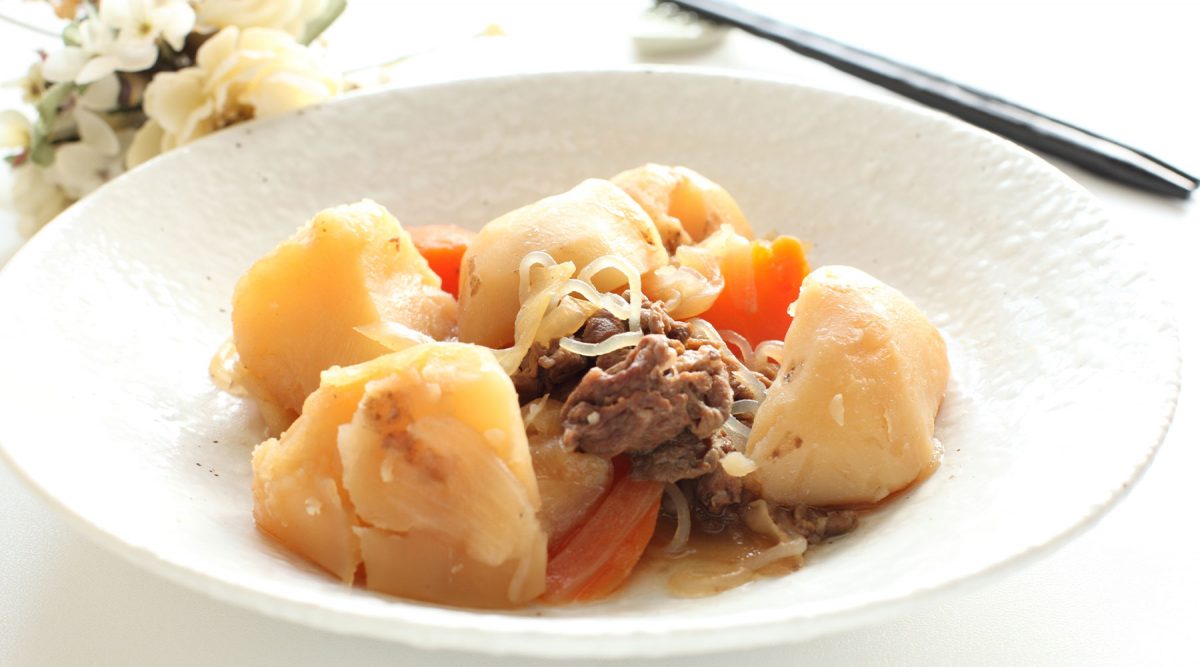
Thinly sliced beef and tender potatoes stewed in a slightly sweetened broth make a perfect dish for cold days.
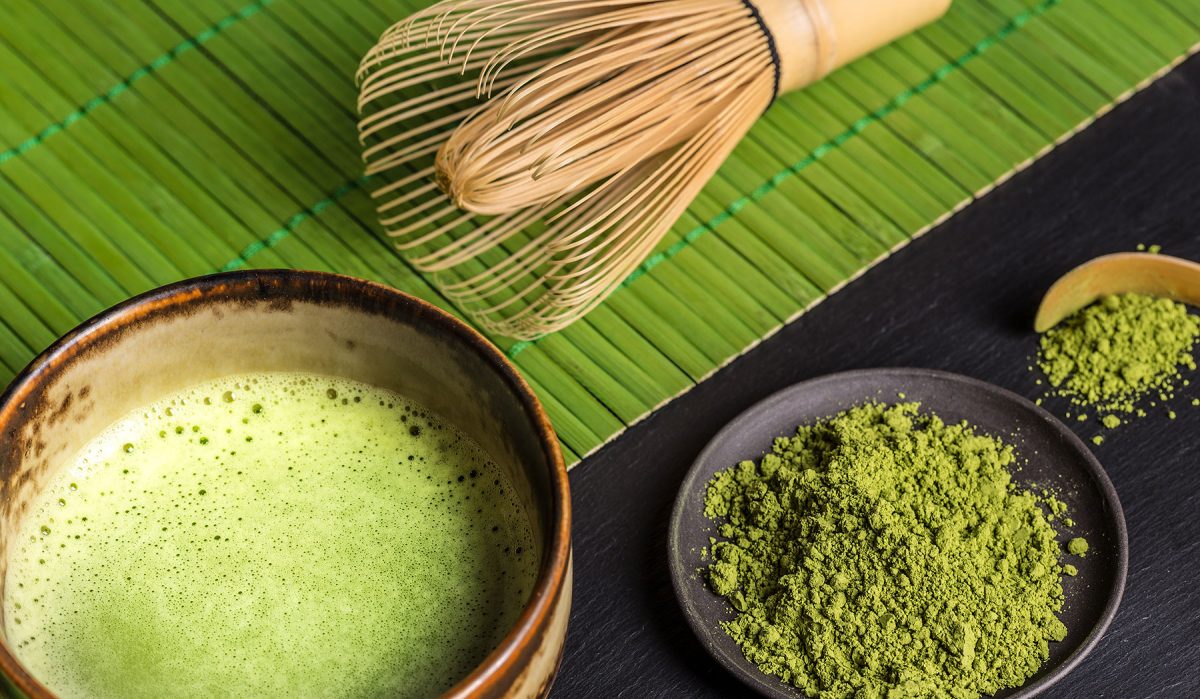
Green tea is a common beverage served at Japanese restaurants and homes. Rich in flouride and antioxidants, it is perhaps the key to why Japanese cuisine is considered one of the world’s healthiest.
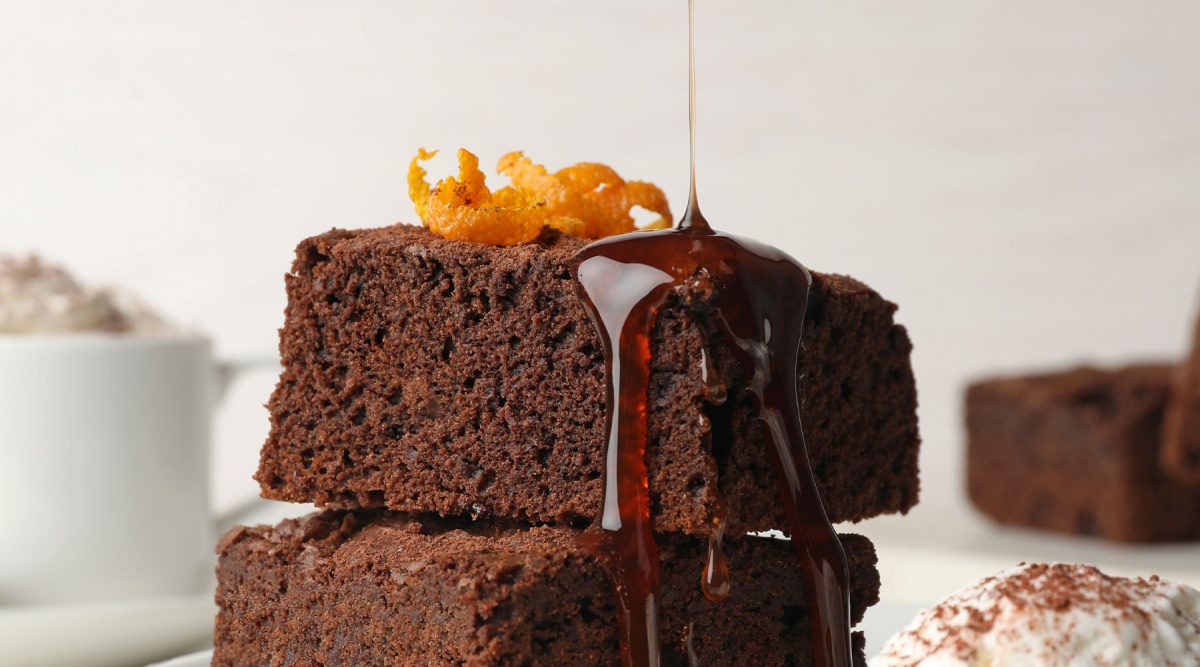
Steamed chocolate cake with orange liquer is a light and fluffy alternative to baked cake.
Mizu Yokan/Azuki Jelly
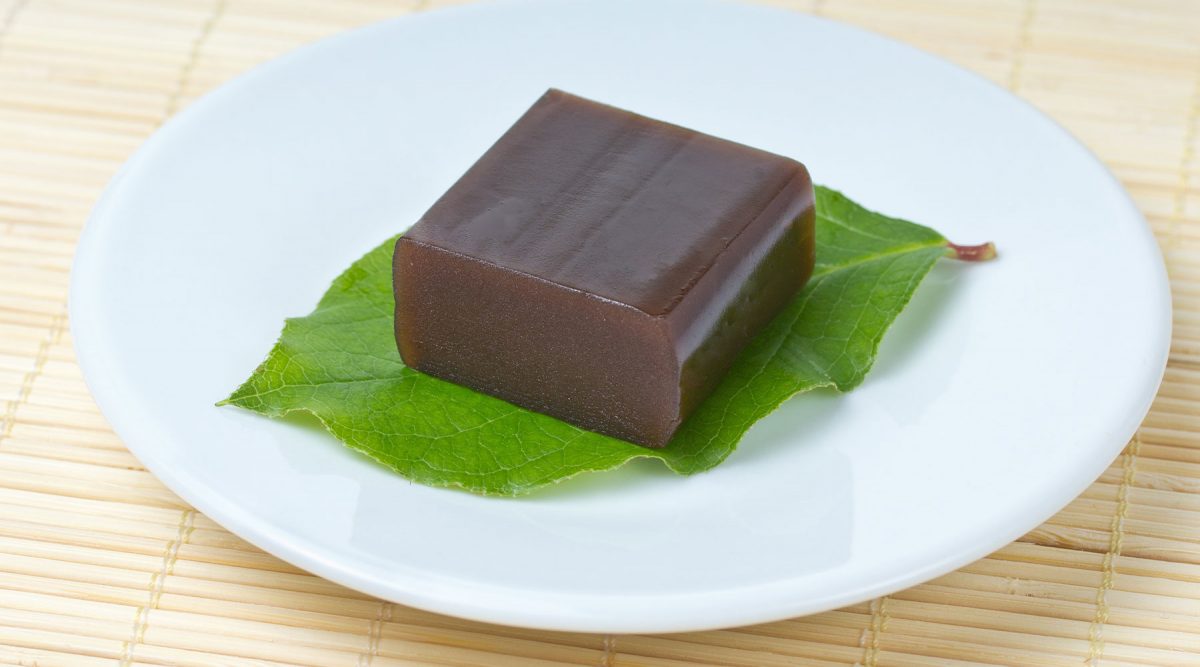
Mizu Yokan is a sweetened gelatin of azuki bean paste perfect for a hot day.
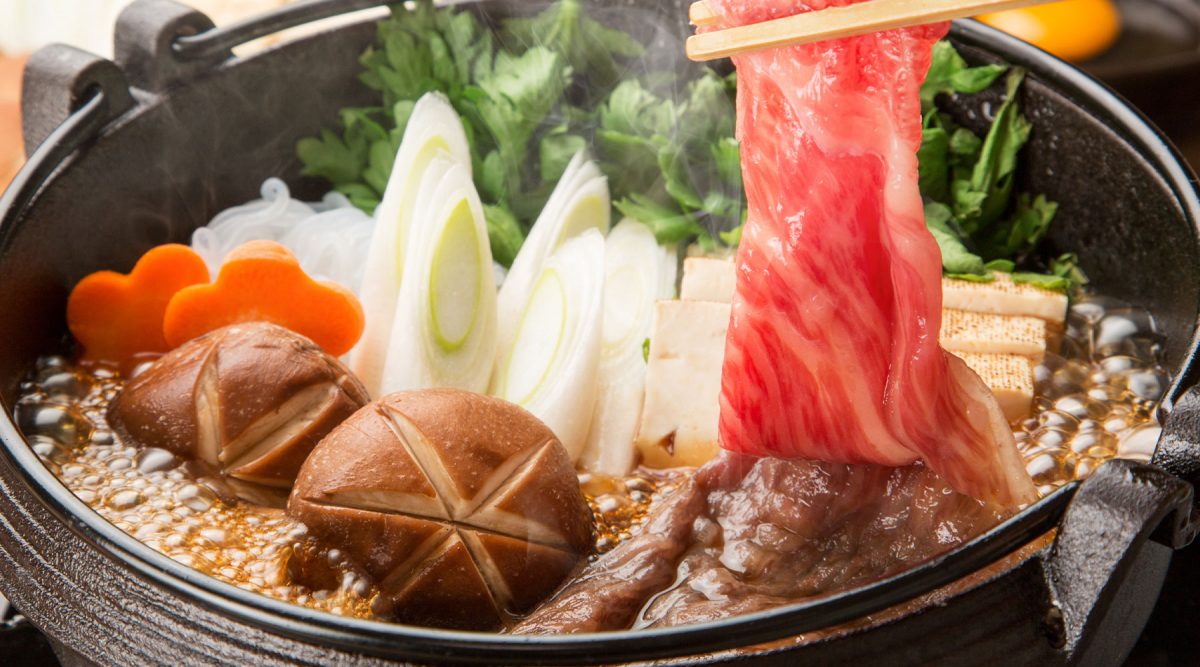
This is a dish usually cooked at the table, in a iron dish set on a portable stove. Usually, a raw egg along with the dipping sauce of the broth is essential to flavour the sukiyaki.
Korrokke/Japanese Style Croquettes
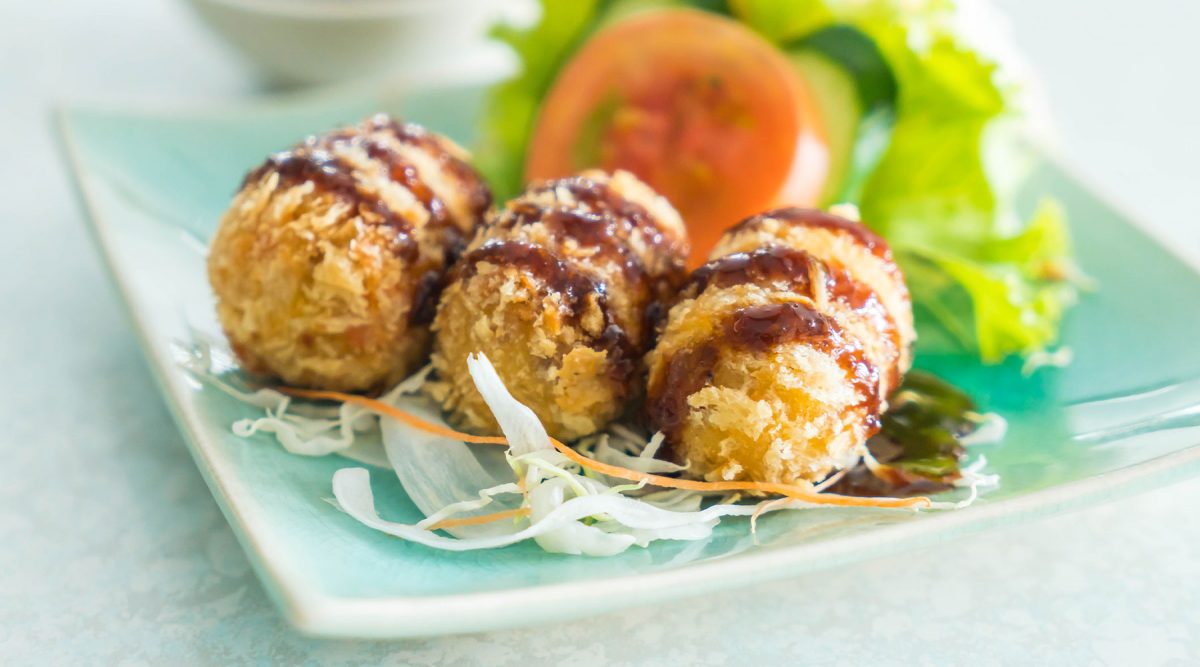
Japanese style potato croquettes are a tasty treat for children and adults alike. As an alternative, you can also add a bit of curry powder to the potatoes as a change, or omit the meat and add some peas.